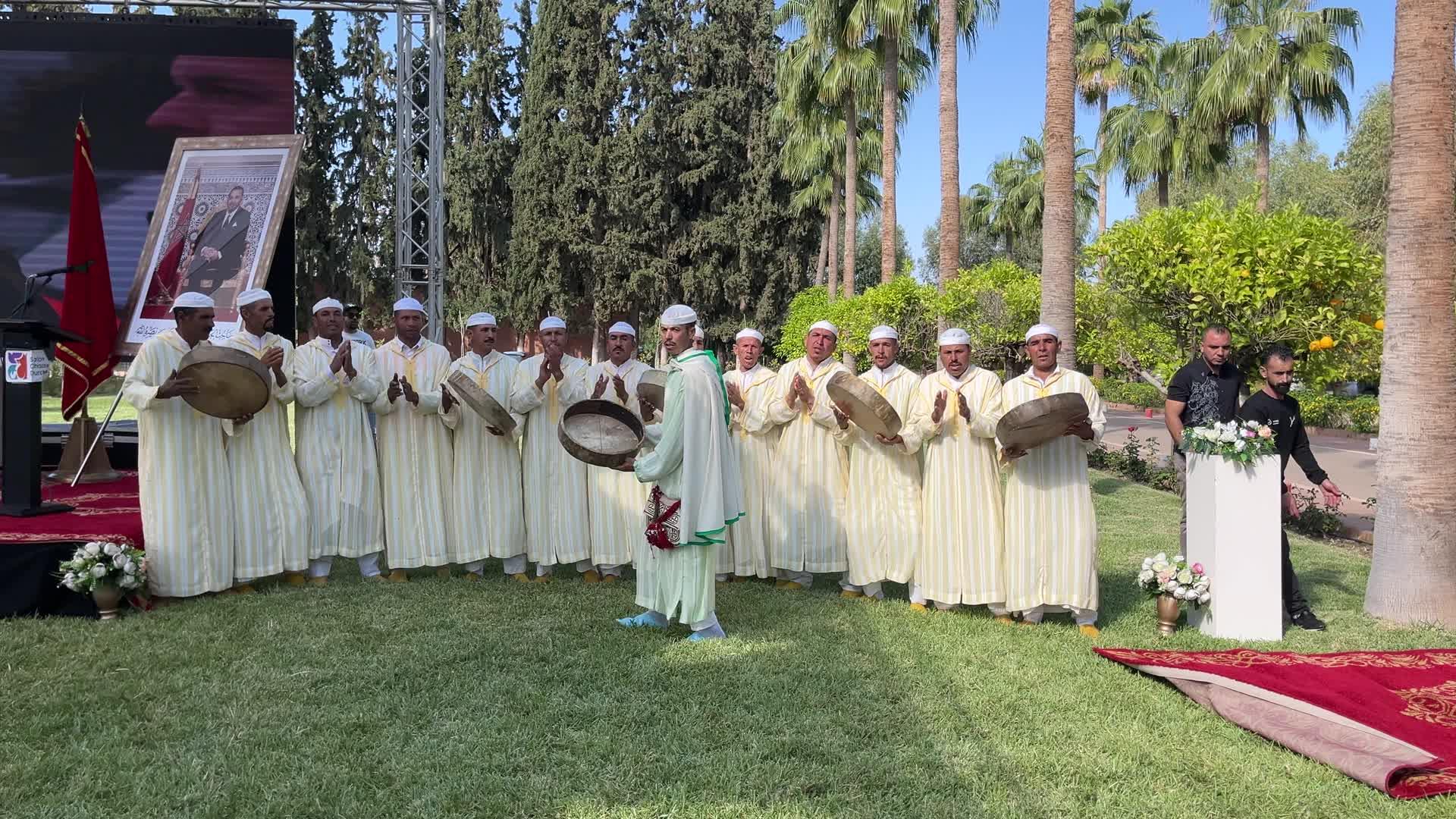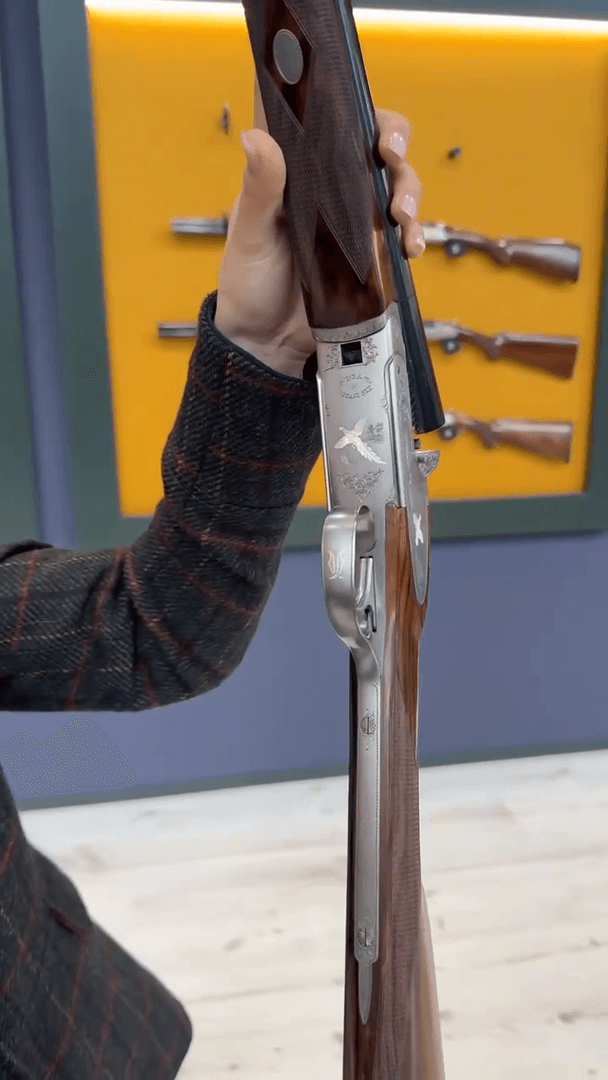
Post
Post: 11 January 00:14

Post: 11 January 00:14

Post: 22 December 16:03
Post: 13 August 17:41

Post: 24 November 09:13

Post: 8 August 22:08

Post: 26 July 20:34

Post: 10 July 19:47

Post: 12 August 16:07

Post: 1 August 22:48
Post: 29 May 07:56

Post: 30 December 10:46

Post: 3 August 18:02

Post: 18 February 09:48

Post: 20 February 23:15

Post: 5 March 21:56

Post: 14 December 17:50

Post: 25 July 20:09

Post: 12 May 16:27

Post: 10 January 12:44

Post: 27 June 19:39

Post: 14 January 09:54

Post: 18 August 08:08

Post: 23 July 09:48

Post: 29 November 17:47

Post: 27 November 17:48

Post: 2 March 17:30

Post: 27 November 17:44

Post: 22 November 17:33

Post: 8 March 15:00

Post: 18 July 22:43

Post: 17 July 21:52

Post: 28 March 18:55

Post: 22 July 20:29

Post: 9 March 00:18

Post: 25 February 20:20

Post: 4 June 19:39

Post: 29 June 18:41

Post: 24 July 14:10

Post: 24 July 11:53

Post: 7 July 08:03

Post: 7 July 07:32

Post: 4 July 07:40

Post: 4 July 07:07

Post: 3 July 07:56

Post: 3 July 07:23

Post: 1 July 09:12

Post: 1 July 08:45

Post: 27 June 15:06

Post: 27 June 14:33

Post: 26 June 14:48